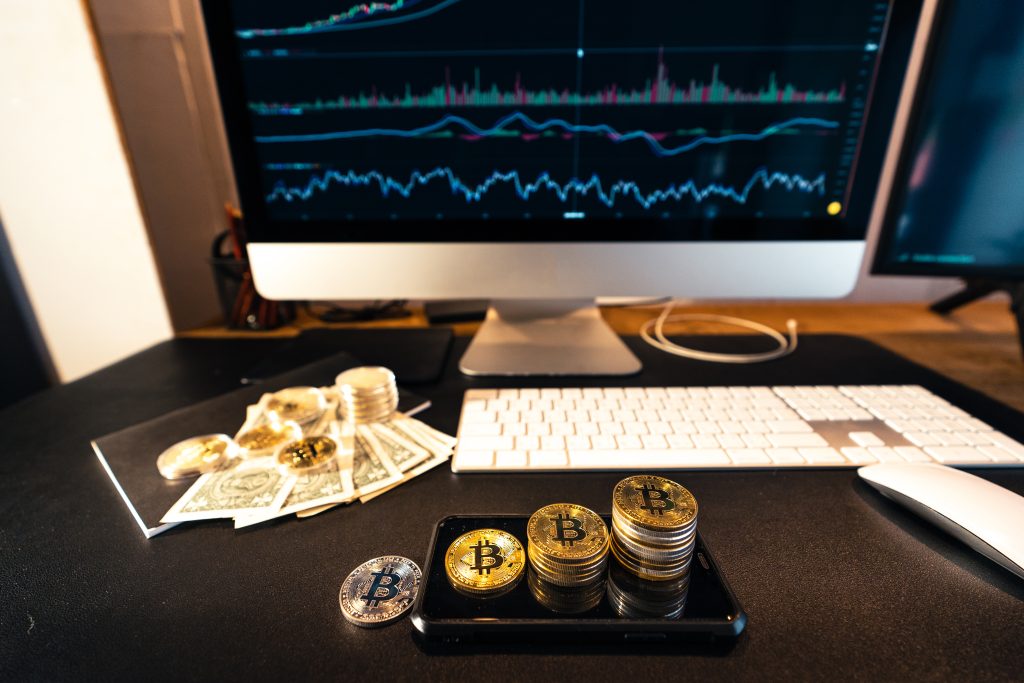
1. What are the primary concerns of institutional investors regarding digital asset trading platforms?
Institutional investors, having conducted significant due diligence, are less frequently focused on best execution and are instead primarily concerned with counterparty risk. This includes the safety of their assets held on exchanges or with custodians, as well as understanding who is providing leverage within the ecosystem. They also prioritize access to liquid markets and desire a more robust market for tokenized securities, highlighting the need for mechanisms to foster such liquidity.
2. How does the global nature of digital asset trading complicate regulation, and what potential solutions are being discussed?
Digital asset trading operates globally and around the clock, unlike traditional markets with defined geographical boundaries and trading hours. This presents challenges for regulators like the SEC, whose jurisdiction is primarily domestic. Potential solutions include pursuing regulatory reciprocity with other jurisdictions through bilateral negotiations, acknowledging that some decentralized markets may exist entirely outside any government’s purview, and considering different regulatory approaches for institutional and retail investors recognizing their varying levels of experience and risk tolerance.
3. What are the arguments for and against the current bifurcated regulatory approach (SEC vs. CFTC) for digital assets in the U.S.?
A significant concern is the current division of regulatory oversight between the SEC and the CFTC, which is seen by some as illogical given the similar risk profiles of certain assets regulated by each agency (e.g., leveraged ETFs and Nasdaq futures). The FIT21 bill’s attempt at bifurcation is criticized for potentially exacerbating this issue. A proposed solution is a potential merger of these agencies to provide a more unified and coherent regulatory framework for digital assets.
4. How might regulators adapt their approach to market surveillance given the characteristics of digital asset trading and the availability of granular data?
While transparency is generally seen as beneficial for markets, the increasing availability of granular data in digital asset trading raises concerns about mass surveillance of economic activity and the sensitivity/uselessness of some of this information. Future market surveillance structures need to balance the desire to prevent illicit activities and market manipulation with the need to protect data confidentiality and avoid unnecessary broad surveillance. Regulators should consider innovative tools beyond traditional methods to achieve these goals globally.
5. Should regulatory agencies maintain a technology-neutral stance when regulating digital assets?
The traditional approach of technology neutrality, where regulations don’t differentiate based on the underlying technology, is being questioned in the context of digital assets. The argument is that different technologies, such as public blockchains, can fundamentally alter the risk profile of assets and trading activities (e.g., custodial vs. self-custody wallets). A shift towards “risk consistency” as the overarching principle, with technology neutrality being a subset of that, might be more appropriate. This would allow for tailored regulations that address the specific risks associated with different technologies.
6. What role could technology, specifically blockchain, play in aiding regulatory oversight of digital asset markets, and what are the limitations?
While public blockchains offer a transparent record of transactions and asset holdings, their utility for regulatory information is debated. A key limitation is that blockchain data doesn’t inherently reveal the identities behind wallet addresses. Additionally, strategic actors can control when transaction information is recorded on the blockchain, potentially enabling private transactions or obscuring real-time activity. Therefore, relying solely on blockchain data for comprehensive market monitoring may be insufficient.
7. What is the significance of standardized disclosures for the digital asset space, and how can they be improved?
A lack of standardized disclosures is identified as a major impediment to both institutional and retail adoption of digital assets. Investors need clear, plain-language information to understand the risks and compare different assets and platforms effectively. Regulatory cooperation, potentially leading to global standards for disclosure, is proposed as a solution. Initiatives like the Cumberland proposal for changes to Rule 15c2-11 are seen as positive starting points for building a framework that provides necessary information in a standardized and accessible way.
8. Beyond the decision to invest, what factors are currently preventing or pausing institutional investors from fully engaging in digital asset markets?
Even after deciding to invest in digital assets, institutional investors face several hurdles that limit their full participation. These primarily revolve around trust and include concerns about the integrity of trading markets (real prices and data), the reliability and solvency of brokers, the security and bankruptcy remoteness of custodied assets, and the thoroughness of broker surveillance practices. Addressing these trust-related issues, which are more readily observable in traditional markets, is crucial for attracting significant institutional capital to the digital asset space.